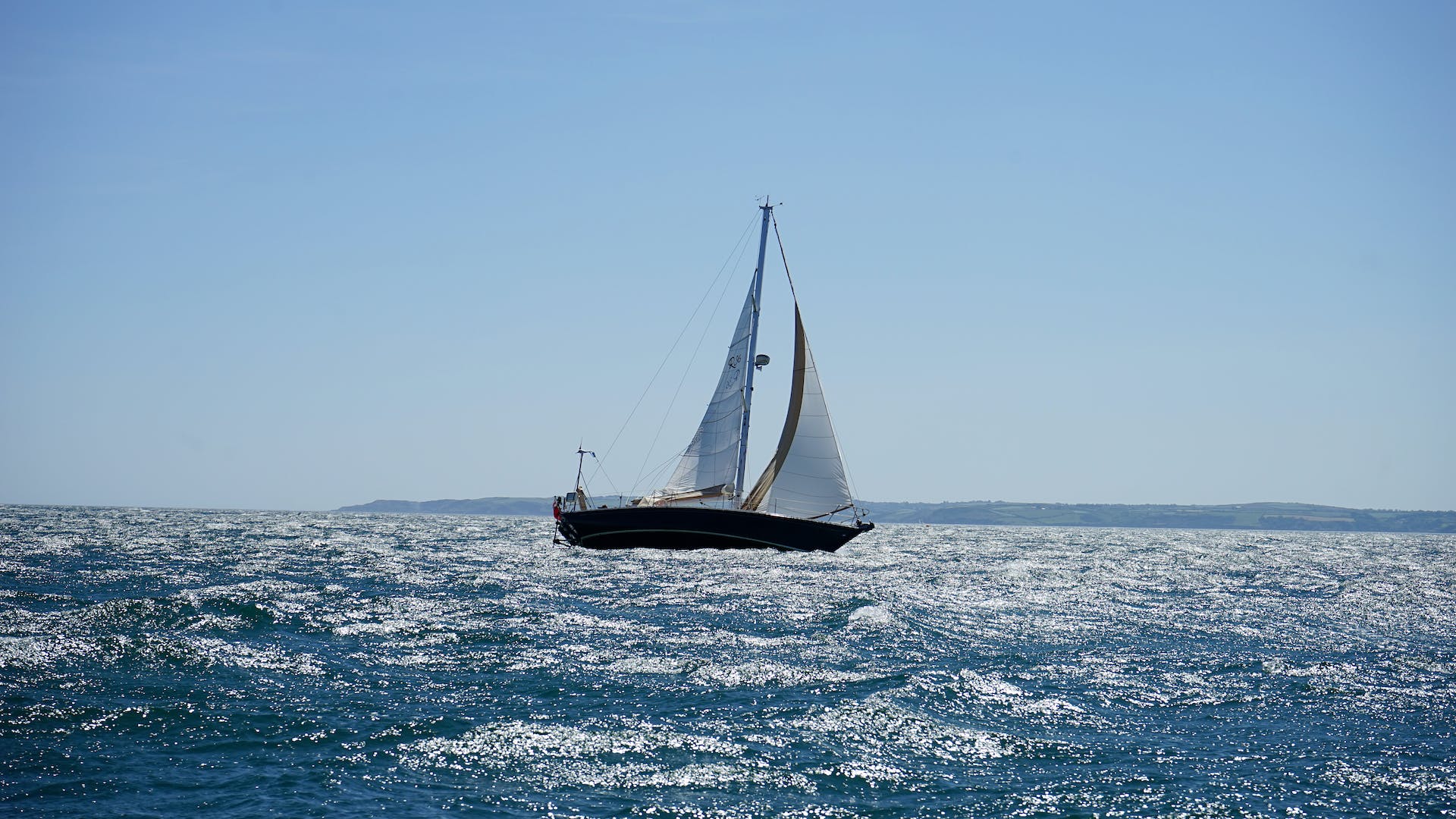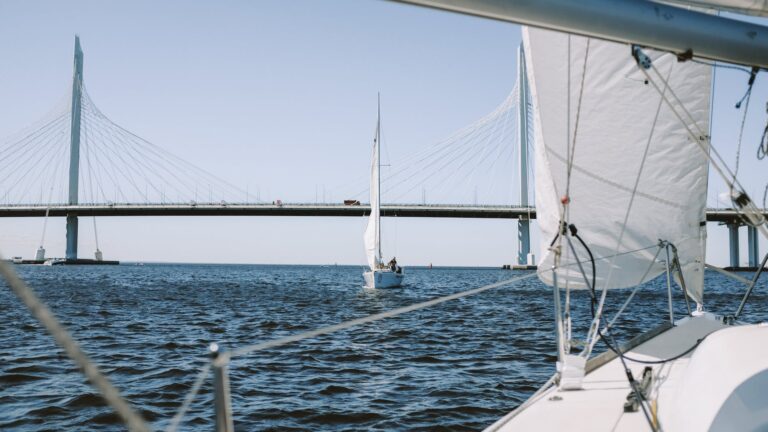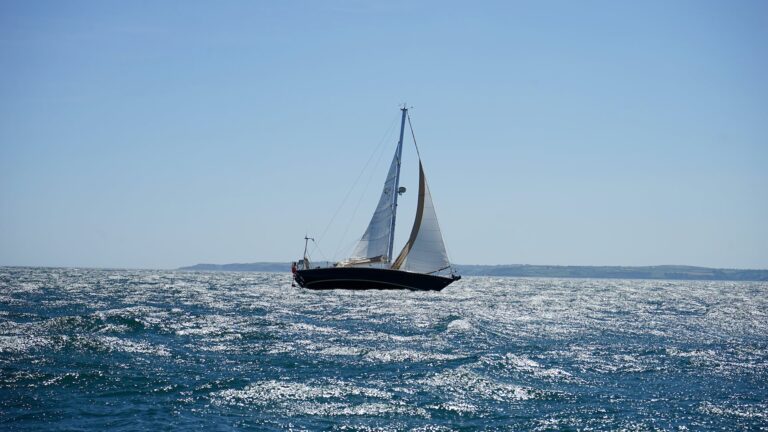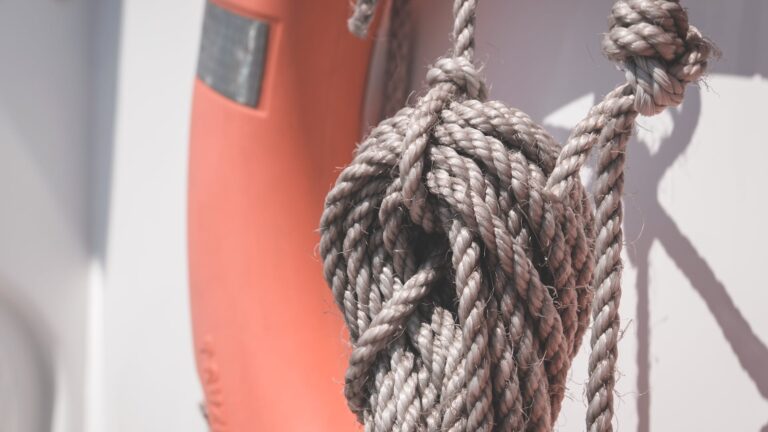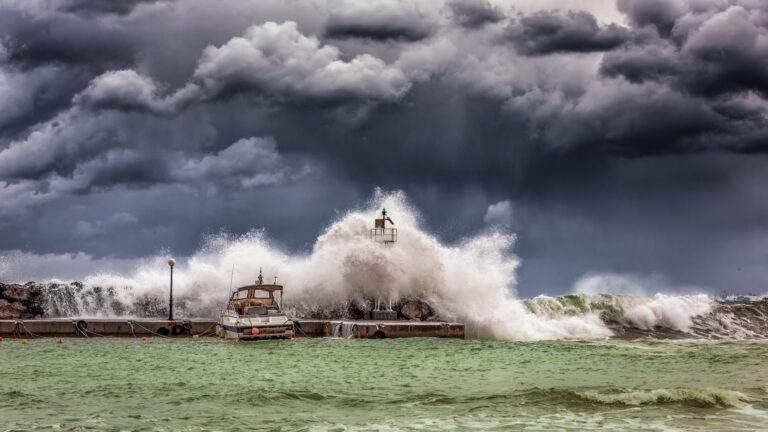What is the ideal wind speed for a sailboat?
- Introduction
- What is Wind Speed?
- What Is a Knot?
- What Is the Ideal Wind Speed for Sailing?
- Ideal Wind Speed in Different Conditions
- Advantages of Light Winds (5-12 knots)
- Disadvantages of Light Winds
- Advantages of Stronger Winds (over 12 knots)
- Disadvantages of Stronger Winds
- How to Prepare for Different Wind Conditions
- Conclusion
The Ideal Wind Speed for Sailing
Sailing is a wonderful activity that allows you to explore new places, learn new skills, and enjoy the freedom of the open sea. However, in order to get the most out of your sailing experience, it is important to understand the ideal wind speed for sailing and how to adjust your sails and rigging accordingly. In this article, we will discuss what wind speed is, what a knot is and the ideal wind speed for sailing in different conditions. We will also cover the advantages and disadvantages associated with different wind speeds and how to prepare for different conditions on the water.
What Is Wind Speed?
Wind speed is a measure of how fast air is moving, measured in miles per hour or kilometers per hour (mph or km/h). Wind speeds can range from 0 mph (calm winds) up to hurricane-force winds which can reach speeds above 75 mph (120 km/h). The wind speed can be affected by many factors such as altitude, temperature, humidity and terrain features like hills or mountains which can cause turbulence or gusts in local areas. To make it easier to measure wind speeds, meteorologists often use knots which are equal to one nautical mile per hour (1 knot = 1 nautical mile per hour).
What Is a Knot?
A knot is a unit of measurement used primarily by sailors which measures speed in nautical miles per hour (1 knot = 1 nautical mile per hour). A nautical mile is different than a regular mile as it measures distance over the curved surface of Earth’s oceans instead of a straight line on land – 1 nautical mile = 6076 feet or 1.15078 miles on land. This unit of measurement makes it easier for sailors navigating large bodies of water as one nautical mile typically equals one minute of latitude at any given point on Earth’s surface – meaning sailors can easily calculate their current position using their coordinates and time elapsed since their last known location using this unit of measurement instead of having to measure actual straight line distances between two points on Earth’s curved surface which would be almost impossible without modern navigational technology like GPS or charts/maps with compass bearings plotted onto them in advance by experienced navigators or cartographers .
What Is the Ideal Wind Speed for Sailing?
The ideal wind speed for sailing depends largely on the type of boat you’re sailing and your own personal preferences as a sailor, but generally speaking most sailors agree that 5-12 knots is an ideal range for comfortable sailing conditions – anything below 5 knots may become difficult to maneuver with just sails alone while anything above 12 knots could become dangerous due to rough seas and powerful gusts that could overpower even experienced sailors if not prepared adequately beforehand .
## Ideal Wind Speed in Different Conditions
In light winds between 5-12 knots, sailing can be incredibly enjoyable as there are relatively calm seas with enough air movement powering sails without too much force behind them – making it perfect for beginners who are just learning how to sail but also great conditions for experienced sailors who are looking for some leisurely cruising without too much stress or effort involved . On the other hand, higher winds over 12 knots can offer an adrenaline rush due to more powerful gusts powering sails at faster speeds – great for thrill seekers who want more extreme challenges but also beneficial if racing against other boats where faster speeds mean better chances at winning races .
## Advantages & Disadvantages associated with Different Wind Speeds
In light winds between 5-12 knots there are many advantages such as comfortable cruising conditions with enough breeze powering sails without too much force behind them – making it easy enough even for beginners who are just starting out but still challenging enough so that experienced sailors don’t get bored . Additionally , these light winds usually correspond with calmer seas so there’s less risk involved than when compared with higher winds over 12 knots . On the other hand , lighter winds mean slower speeds so they may not be advantageous if racing against other boats when faster speeds are needed .
Higher winds over 12 knots have their own advantages such as faster speeds that allow experienced sailors more control over their boats during races but they come along with more risks due to more powerful gusts overpowering sails & rigging if not prepared adequately beforehand plus rougher seas caused by stronger currents & swells that could cause more damage than usual when compared with calmer waters during light winds . Therefore , caution should always be taken when sailing during higher wind conditions as they require greater experience levels plus special knowledge & preparation prior to setting sail .
## How To Prepare For Different Wind Conditions:
Regardless of whether you’re planning on sailing during light or higher winds , it’s always important to plan ahead before setting sail & prepare your boat adequately beforehand based on expected weather conditions so that you don’t end up getting caught off guard later down the line . Here are some helpful tips on how best you can prepare yourself & your boat prior to setting sail :
• Make sure you check local weather forecasts before heading out so that you know what kind of wind speeds & swell heights you should expect during your voyage;
• Make sure all equipment & rigging are properly maintained & inspected regularly – especially if you’re expecting higher winds;
• Make sure all safety gear such as life jackets , flares , etc…are readily available onboard;
• Have an emergency plan established in case something goes wrong;
• Have an experienced sailor onboard who knows how best handle extreme weather conditions;
• Don’t forget about sunscreen! Higher winds usually mean stronger sun exposure due to increased reflection off waves so make sure everyone onboard has applied sunscreen before setting sail .
Conclusion:
Sailing is an incredibly enjoyable activity that allows people from all ages & backgrounds explore new places while learning new skills along the way – however , it’s important understand what type wind speed works best depending on type boat being sailed plus personal preferences each individual sailor has themselves before setting sail . Generally speaking most sailors agree that 5-12 knots offers comfortable cruising conditions while still providing enough power behind sails without becoming too overpowered while higher winds above 12 knots offer more extreme challenges but come along greater risks due complicated weather patterns caused by strong gusts overpowering sails plus rougher seas caused by powerful swells underneath them . Regardless type weather expected during voyage however , make sure plan ahead before setting sail plus prepare boat adequately based expected conditions so don’t end up getting caught off guard later down line !

